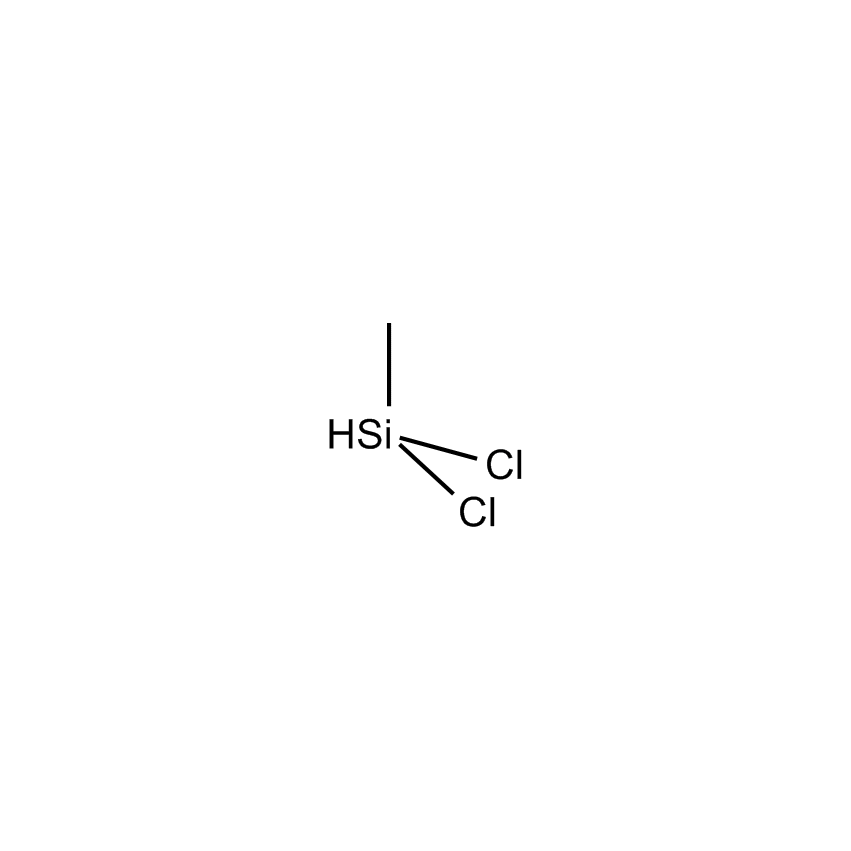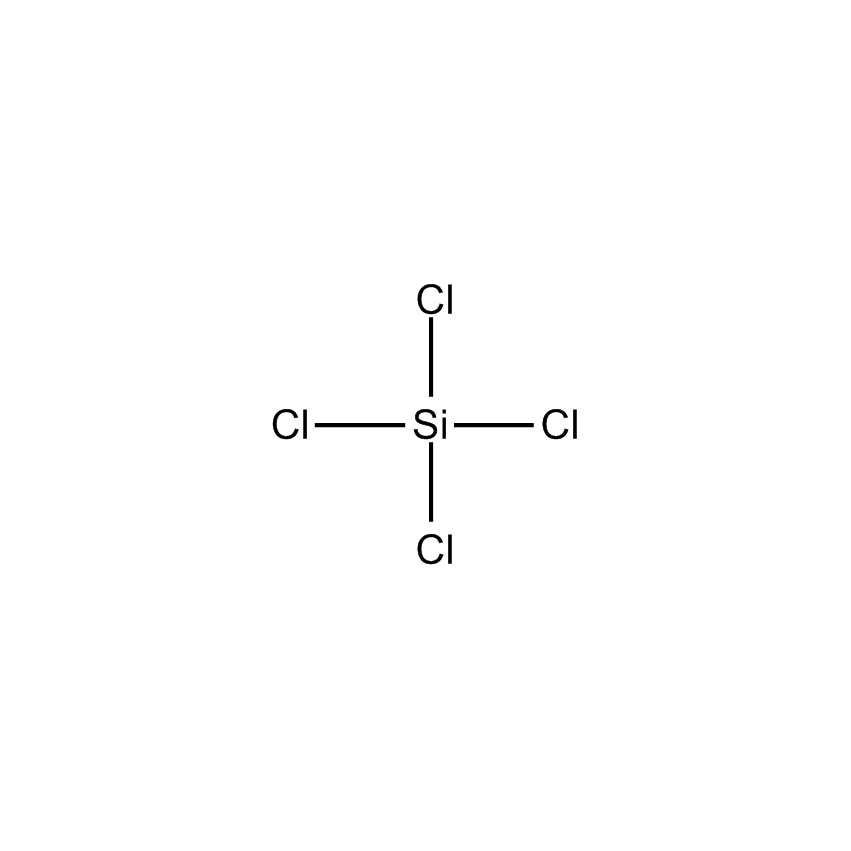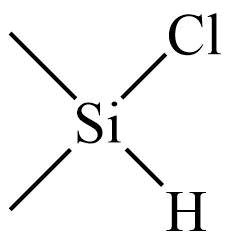Additional Properties
- Einecs Number 200-877-1
- HMIS 4-4-2-X
- Molecular Formula CH4Cl2Si
- Molecular Weight (g/mol) 115.03
- Purity (%) 97%
- TSCA Yes
- Delta H Vaporization (kJ/mol) 7.0 kcal/mole
- Autoignition Temp (˚C) 230
- Boiling Point (˚C/mmHg) 41-42
- Density (g/mL) 1.1047
- Flash Point (˚C) -28 °C
- Melting Point (˚C) -93°
- Refractive Index @ 20˚C 1.4222
- Viscosity at 25 ˚C (cSt) 0.6
Safety
Tri-substituted Silane Reducing Agent
Organosilanes are hydrocarbon-like and possess the ability to serve as both ionic and free-radical reducing agents. These reagents and their reaction by-products are safer and more easily handled and disposed than many other reducing agents. The metallic nature of silicon and its low electronegativity relative to hydrogen lead to polarization of the Si-H bond yielding a hydridic hydrogen and a milder reducing agent compared to aluminum-, boron-, and other metal-based hydrides. A summary of some key silane reductions are presented in Table 1 of the Silicon-Based Reducing Agents brochure.
Methyldichlorosilane; Dichloromethylsilane
Silicon Chemistry, Articles
The Si-H bond, based on the relative electrongativities of Si and H, is polarised such that the hydrogen is slightly hydridic in nature. The fact that the silanes are not strongly hydridic makes them excellent candidates for mild and selective reductions of organic functional groups.
Silicon Chemistry, Articles
The reduction of a comprehensive range of organic functional groups ranging from carboxylic acids to aryl fluorides have been shown to be possible with a variety of organosilanes. A comprehensive review of the ionic and transition metal-catalyzed reductions of organic functional groups has recently appeared.
Silicon Chemistry, Articles
Silicon Chemistry, Articles
Some of the general approaches to the key steps in the synthesis of gliflozins, a class of glucose transporters, are discussed. In particular the glycosidation step for the introduction of the key aryl moiety onto the glucose and the reduction steps are presented. Click here for more product information on tetramethyldisiloxane (TMDO, TMDS) reducing agent.



